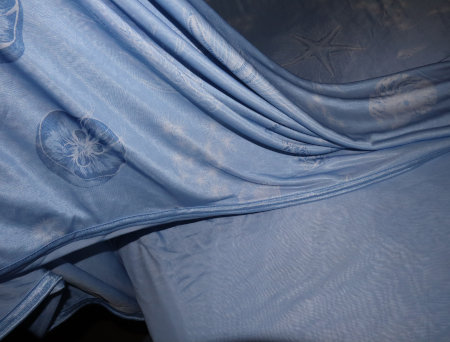Last November, we got some Muscovy ducks. Years before we'd had Muscovys and really like the breed. After a stray dog killed the last of them, we decided to wait until we could secure the yard, before getting more. Dan made a gate for the driveway and we made a nice area for them, next to the goat barn under our fig trees. Ultimately, the ducks preferred the chicken yard. And once there, there was no persuading them to stay in the spot we picked. They picked their own.
All was well until the drake became sick. We weren't sure what was wrong, but he was listless and didn't want to move around. Dan wanted to take him to the vet, but our usual livestock vet doesn't work on poultry. They recommended an exotic animal vet. Dan called, explained the problem, and was told they called back. They never did. Not wanting to see him suffer, Dan put him down.
Not having a drake left the two females open to attack by the chickens. In the past, we'd had squabbles between the two species, but the rooster and drake always protected their own and kept things under control. With their protector gone, the ducks were picked on by the chickens. One of them was jumped by several hens who pecked her eye out. Dan was fit to be tied and we almost had a mass chicken execution, but instead, he put the anger to constructive use and built a new duck yard. For Mrs. Duck, I had veterinary ophthalmic ointment on hand. We were able to treat it and prevent infection from setting in, but she's now blind in that eye.
We equipped the new duck yard with their house, grazing bed, water dish, and pool. Because it's adjacent to the chicken yard, hoped it would be acceptable. We figured they rejected the fig tree yard because it was isolated from the other birds.
Well, we lured them in with chicken scratch and they gave it a thorough inspection. They seemed happy to see their house and pool, but after eating the scratch, they flew up to the chicken coop and returned to the chicken yard. We tried several times to persuade them that this was now home, but they weren't interested. One thing about critters, you can't make up their minds for them.
Well, I reasoned, maybe when we find a drake, we'll put him in the duck yard and they'll be willing to stay. When Dan finally found an adult drake on Craigslist, that's what we did. Dan transported him in our large dog carrier, which we placed it in the new yard. Then herded the two ladies in. They were excited to see him!
Then evening came. Would the ladies finally stay in the new duck yard? Nope. And not only that, Big Duck (we name all our drakes Big Duck) flew up to the chicken coop roof with them and followed them into the chicken yard!
They showed him around and he seems to agree with them that this is home.
The chickens are keeping a wary eye on Big Duck and run away whenever he waddles near. Since the three ducks move in a group, it looks like our two lady Muscovys will now be safe from chicken attacks. And the rooster will keep the ducks from pestering the chickens. What else can I say besides, "all's well that ends well."

















































